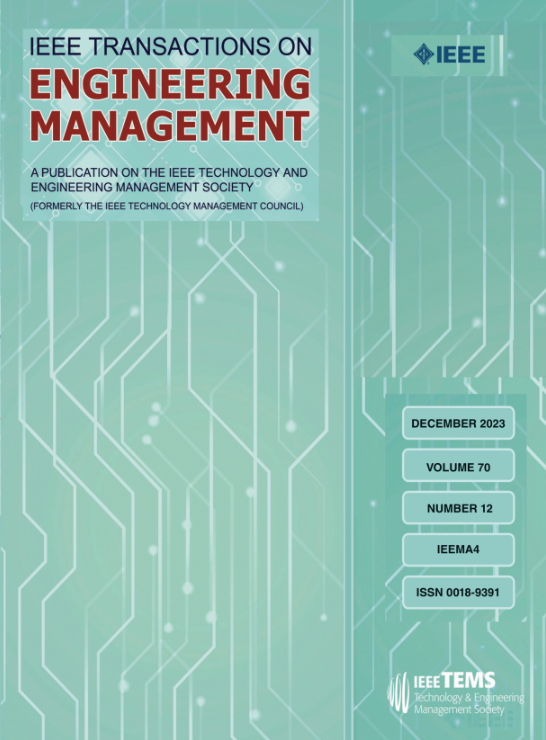医疗保健行业实施大数据分析的有利因素:优先顺序、分类及对可持续竞争优势的影响
IF 4.6
3区 管理学
Q1 BUSINESS
引用次数: 0
摘要
面对大量涌入的数据,医疗保健行业面临着一个关键问题:如何才能有效利用大数据分析 (BDA) 的能力来获得可持续的竞争优势?对于一个在资源有限的情况下面临日益增长的需求的行业来说,这一问题不仅适时,而且至关重要。为了解决这一关键问题,本研究综合运用了各种严谨的方法,包括最佳最差法、解释性结构建模和解释性结构-交叉影响矩阵乘法,在 4 个主要促进因素和 12 个相应的次级促进因素之间建立了层次关系。研究结果表明,"技术 "和 "组织 "促进因素是成功实施 BDA 的关键因素,而 "社会文化 "和 "市场与客户 "促进因素则起着次要但重要的作用。这种分层结构可作为政策制定的基础指南,使医疗机构能够更精确地制定战略。该研究大力倡导政策的战略转变:医疗机构应制定以这些主要推进因素为重点的综合框架,并采用稳健的指标进行持续评估。通过采用这种方法,医疗机构可以更有效地利用 BDA 能力,从而不仅增强其竞争定位,还能提高运营效率和患者护理效果。本研究通过严谨的方法论和可行的建议,为迅速扩大的 BDA 医疗保健讨论提供了重要的学术参考。本文章由计算机程序翻译,如有差异,请以英文原文为准。
Enablers for Implementing Big Data Analytics in the Healthcare Industry: Prioritization, Classification, and Implications for Sustainable Competitive Advantages
In the face of an overwhelming influx of data, the healthcare sector is confronted with a critical question: How can it effectively leverage the capabilities of Big Data analytics (BDA) to attain a sustainable competitive advantage? This inquiry is not only timely but also crucial for an industry facing increasing demands amid constrained resources. To address this pivotal issue, the present study utilizes a composite of rigorous methodologies—including the best worst method, interpretive structural modeling, and interpretive structural—cross impact matrix multiplication—to assemble a hierarchical relationship among 4 main enablers and 12 corresponding subenablers. The study's findings reveal that “Technological” and “Organizational” enablers serve as key elements for successful BDA implementation, while “Socio-Cultural” and “Market and Customer” enablers play secondary yet important roles. This hierarchical structure serves as a foundational guide for policy formulation, enabling healthcare organizations to strategize with increased precision. The study strongly advocates for a strategic shift in policy: healthcare organizations should develop comprehensive frameworks that focus on these principal enablers and employ robust metrics for ongoing evaluation. By adopting this approach, organizations can more effectively harness BDA capabilities, thereby not only enhancing their competitive positioning but also improving operational efficiency and patient care outcomes. Through its rigorous methodological approach and actionable recommendations, this research contributes a significant academic reference to the rapidly expanding discourse on BDA-enabled healthcare.
求助全文
通过发布文献求助,成功后即可免费获取论文全文。
去求助
来源期刊

IEEE Transactions on Engineering Management
管理科学-工程:工业
CiteScore
10.30
自引率
19.00%
发文量
604
审稿时长
5.3 months
期刊介绍:
Management of technical functions such as research, development, and engineering in industry, government, university, and other settings. Emphasis is on studies carried on within an organization to help in decision making or policy formation for RD&E.
 求助内容:
求助内容: 应助结果提醒方式:
应助结果提醒方式:


